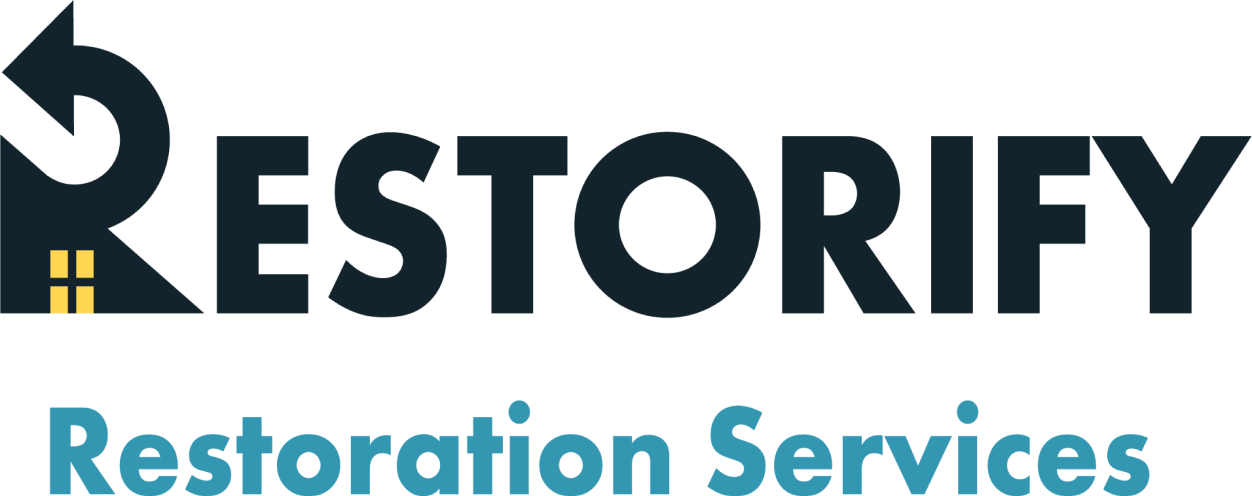Mold is a common household issue that can easily go unnoticed until it becomes a major concern. While it might seem like just an inconvenience, mold can present serious health risks, particularly for individuals with allergies, respiratory conditions, or weakened immune systems. By understanding the dangers of mold exposure, you can take steps to protect both your home and your well-being.
How Mold Grows in Your Home
Mold thrives in environments with excess moisture and poor ventilation. It often grows in areas such as basements, bathrooms, kitchens, and any space with water damage. Once mold spores land on a damp surface, they begin to multiply, releasing allergens, irritants, and sometimes toxic substances known as mycotoxins.
Common Health Risks of Mold Exposure
Respiratory Issues
Mold exposure can cause a variety of respiratory problems, including:
- Coughing and wheezing
- Shortness of breath
- Sore throat
- Nasal congestion and sinus infections
People with asthma or chronic lung conditions may experience worsening symptoms when exposed to mold.
Allergic Reactions
Many people are allergic to mold spores, leading to symptoms such as:
- Sneezing
- Runny or stuffy nose
- Skin rashes
- Itchy or watery eyes
Severe allergic reactions can cause more intense respiratory distress and require medical attention.
Weakened Immune System Risks
Individuals with weakened immune systems, such as infants, elderly individuals, and those undergoing chemotherapy or living with chronic illnesses, are at a higher risk of severe infections from mold exposure. Certain mold types, such as Aspergillus, can lead to serious lung infections in immunocompromised individuals.
Neurological Symptoms
Some research suggests that prolonged exposure to toxic mold (black mold) may lead to neurological symptoms, including:
- Headaches
- Memory loss
- Difficulty concentrating
- Mood changes, such as anxiety or depression
While more studies are needed to understand the impact of mold on the nervous system fully, these symptoms highlight the importance of addressing mold issues promptly.
How to Prevent Mold Growth
Preventing mold in your home involves controlling moisture levels and improving ventilation. Here are some key steps you can take:
- Reduce indoor humidity: Keep humidity levels below 50% using dehumidifiers and air conditioners.
- Fix leaks immediately: Repair any plumbing or roof leaks to prevent moisture buildup.
- Ensure proper ventilation: Use exhaust fans in kitchens and bathrooms to reduce excess moisture.
- Address water damage promptly: After flooding or leaks, dry affected areas within 24 to 48 hours to prevent mold from developing.
- Regularly inspect problem areas: Check basements, attics, and crawl spaces for signs of mold and take action promptly.
When to Call a Professional
If you suspect mold growth in your home, it’s crucial to address it as soon as possible. While small mold spots can sometimes be cleaned with DIY methods, larger mold problems or toxic mold require professional remediation. A professional mold removal service, like Restorify, can assess the situation, safely remove the mold, and provide solutions to prevent future growth.
Protect Your Health and Home from Mold
Mold exposure can lead to a variety of health concerns, from mild allergic reactions to severe respiratory issues and infections. Taking proactive steps to prevent mold growth and seeking professional help when needed can protect both your home and your health. If you need expert mold remediation, Restorify is ready to assist. Contact us today for an inspection and ensure a healthier living environment.



